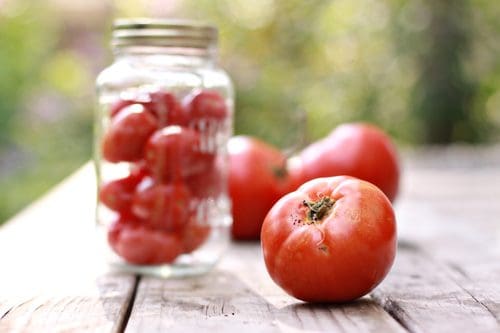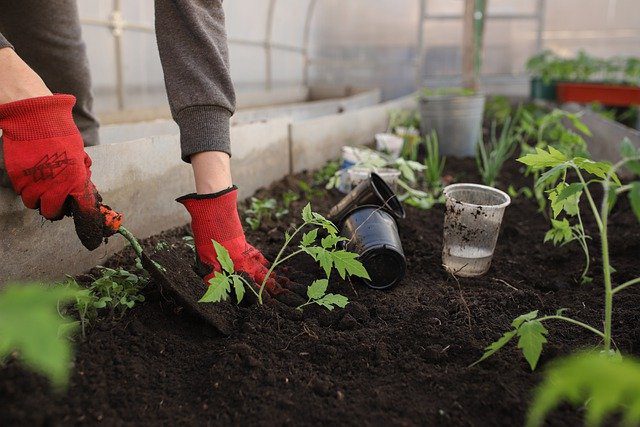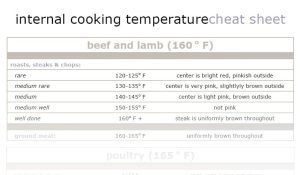The following post is from Shaina of Food for My Family and Olmanson Photography:

Last week, Jessica shared five sources to find produce when you don’t grow your own, so I thought I’d follow up with a few things you can do know if you do grow your own or are planning to in the spring. While I grew up with a garden, not everyone did, and it can be a bit intimidating to think of digging in, planting seeds or tiny plants, and then expecting to care for them and get them to grow if you’ve never done it before or never seen it done in your own backyard. Fortunately, you can start small and work your way up.
I’ve found one of the easiest things to grow has been herbs. Herbs are easy to use in meals, and they are also easy to keep in chopped or pesto form in the freezer at the end of the season. You don’t need a lot of room to grow herbs, and they tend to tolerate heat well.
Table of Contents
Limited Space?
For years I lived in an apartment, and I grew my herbs in a pot or a container. Here are a few tricks to help you start an herb garden:
- Use stones or packing peanuts for drainage in the bottom. This will give the roots room to grow, and it will also prevent dampening off from overwatering.
- Fill the container with a mixture of potting soil and compost. Be sure to use new potting soil or old that has been thoroughly mixed and loosened up. Loose dirt allows herb roots to grow quickly and deeply, and this will lend itself to a healthier plant overall.
- Plant herbs and press lightly to secure in the dirt. Water just until the soil is moist, and be careful not to overwater. Water in the morning and not at night to prevent dampening off over colder, dark nights.
Big Backyard?
If you’re looking to start a larger garden next spring, there are a few things you can do right now to get ready for the next growing season. Palm Coast tree and plant maintenance can help you plan and maintain your backyard.
-
Plan the space
Determine where you want the garden to grow and build your raised bed. This way you won’t have to wait until the ground thaws in the spring to get started, and you’ll be able to move right along to gardening instead of losing time as you build boxes or walls for your garden.
-
Decide what to plant
Decide ahead of time what you want to grow so you can watch for seeds and read up on what types of conditions different plants are looking for while you have time. Think about what your family will eat and what you like to grow. Some of the easiest starter plants are cherry tomatoes and zucchini. I’ve had lots of success with both of those, and they are pretty resistant to abuse by amateur gardeners.
-
Start a compost pile
Grass clippings and leaves are the perfect compost items. Get a bin to put them in and start a compost pile that will break down all your yard and kitchen waste and turns it into nourishment for your garden.
Do you have a garden? What are some things you’re doing to prepare for your garden next spring as you harvest this fall?
| Shaina Olmanson is the freelance writer, photographer, and home cook behind Food for My Family. Cooking daily with and for her four kids and husband, Ole, drives her desire to inspire other families to do the same. Shaina is also the author of Desserts in Jars and contributes regularly to a variety of online sites and traditional print magazines. |




